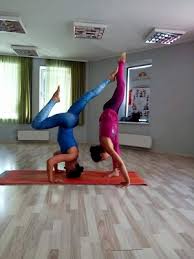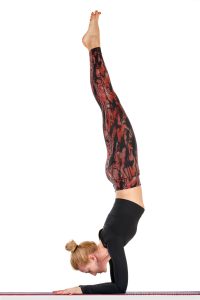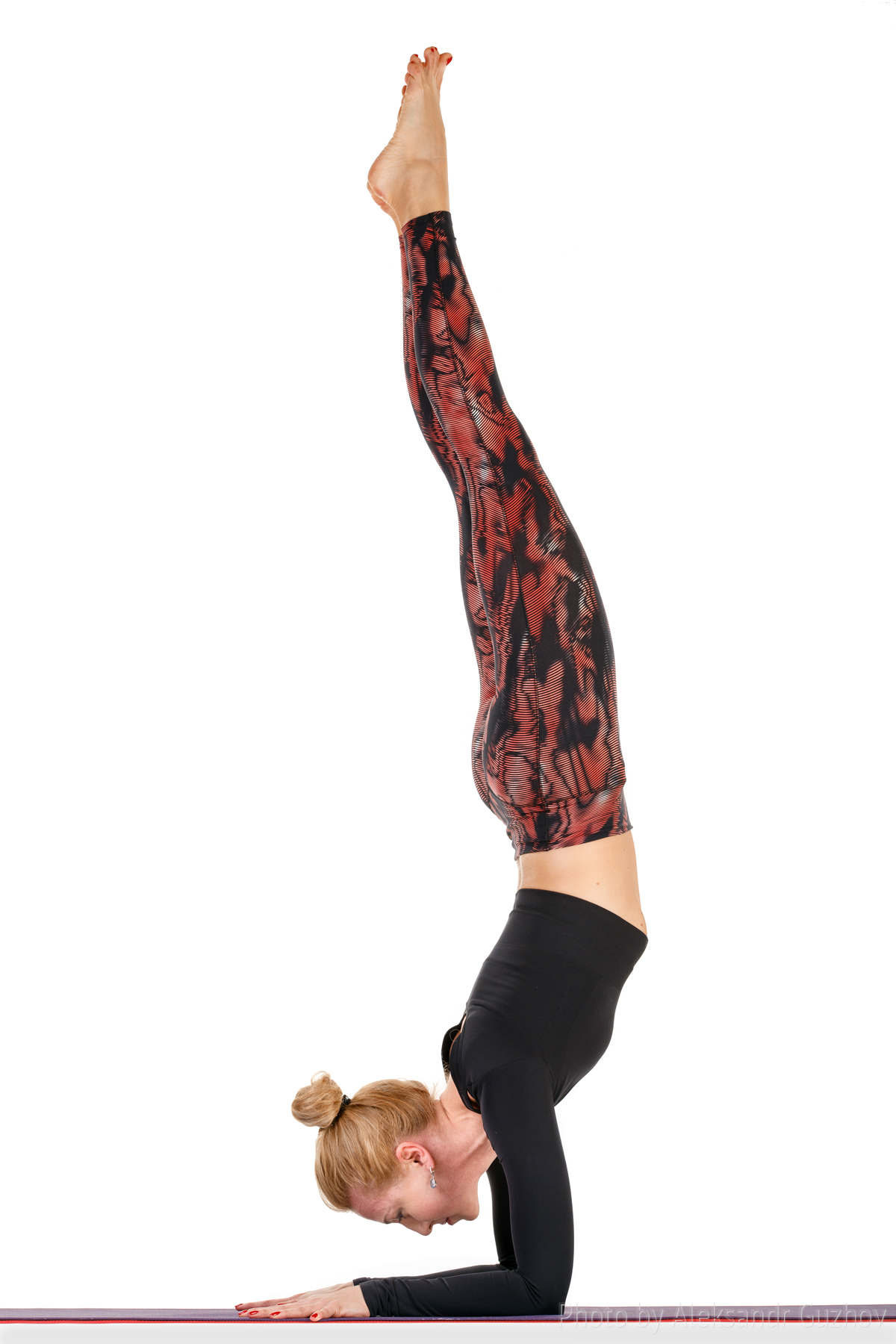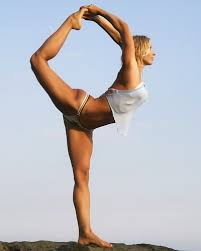energy locks mula bandha
Yoga dictionary. Dukkha
 Patanjali in his Yoga sutras pays much attention to this. He considers such a term as “Dukha”. Also, this term is widely used in Buddhism, being one of the Central concepts of the Four Noble Truths proclaimed by the Buddha Shakyamuni. However, Patanjali considers such a phenomenon as Dukha in more detail and explains the causes.
Patanjali in his Yoga sutras pays much attention to this. He considers such a term as “Dukha”. Also, this term is widely used in Buddhism, being one of the Central concepts of the Four Noble Truths proclaimed by the Buddha Shakyamuni. However, Patanjali considers such a phenomenon as Dukha in more detail and explains the causes.
From Sanskrit the term “Dukha” can be translated as `restless dissatisfaction`, `painful experience`, `anguish`, `unbearability`. The most popular translation for the Russian language is `suffering’, but this word does not fully reflect The essence that dukha carries. It is a deeper concept than mere suffering. Suffering often refers to specific painful experiences that arise from physical or mental discomfort. Dukha, on the other hand, means rather a tendency of the mind which arises for two reasons: because of the impermanence of the world and because of attachment to something or someone. Continue reading
Ashtanga Vinyasa Yoga (part 1)
 What is Ashtanga Vinyasa Yoga? P49A6399
What is Ashtanga Vinyasa Yoga? P49A6399
Ashtanga Vinyasa Yoga is a dynamic practice, which includes sequences of asanas, interconnected by sets of movements – vinyasas, and performed together with Ujayi-pranayama (a certain way of breathing), Bandhas (energy locks) and Drishti (focusing on certain points). During the practice, Dhyana (meditative state of consciousness) is preserved.
When synchronizing movement with breathing like ujayi and applying the energy locks mula bandha, uddiyana bandha during the asanas, a strong internal heat arises in the body, causing profuse perspiration. Thus, the process of cleansing and rejuvenation of muscles and internal organs occurs, toxins are removed from the body. As a result, the practitioner feels strength and lightness in the body. Vinyasa balances breathing and provides uninterrupted blood circulation throughout the body. Breathing becomes rhythmic, the body is strong, and the mind is calm. Continue reading




